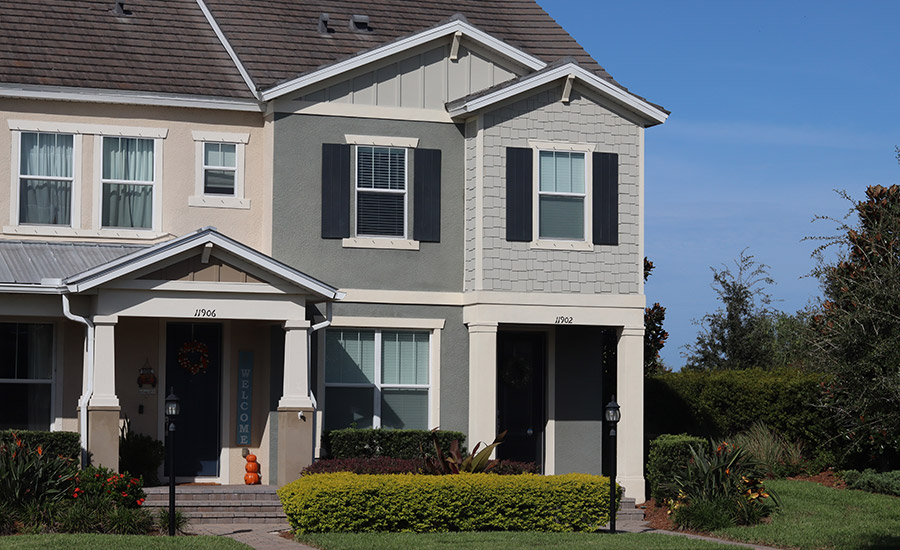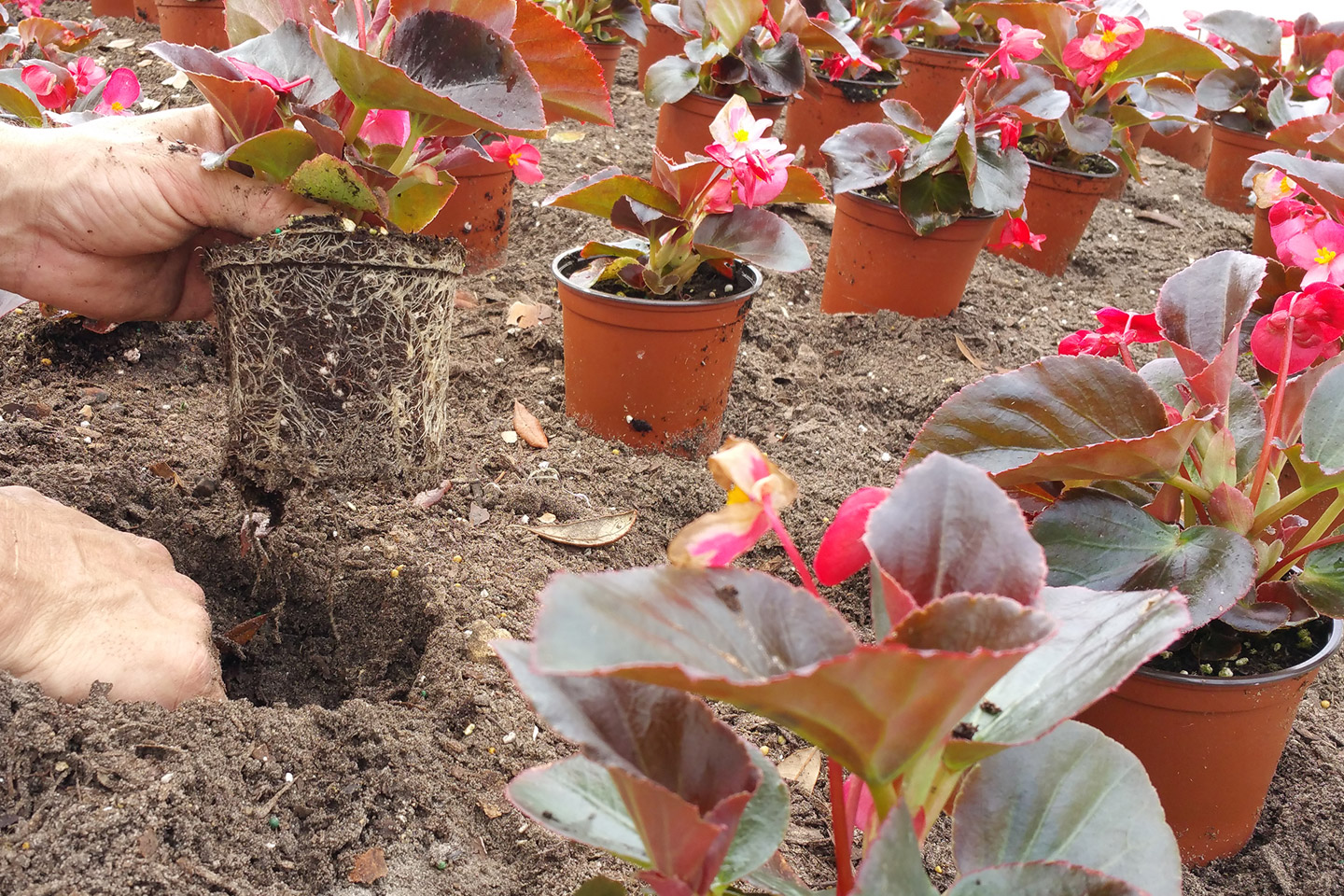Why Is My Landscape Bill More Expensive? - Sit Down with CEPRA
Temperatures aren't the only thing rising this summer. For the past two years, we have been seeing rising prices in the housing and fuel markets, as well as a hot labor market. It was only a matter of time before it trickled down to our cost of maintenance in our communities. While it was expected to see costs increase to compete with these markets, there are even more factors at play in Florida's landscape industry this year. Below, we will dive into a few areas where we are seeing the greatest increases, highlight a few reasons behind their motivations, and offer some solutions to consider when formulating a budget for these times.

It is no surprise that Florida became a very popular relocation destination in the past few years. However, the dramatic surge in home sale and rental prices had a striking effect on our local labor. As the prices increased, more and more blue-collar workers moved away from the expensive cities and into the cheaper rural surroundings, opting for a longer commute to work. This was a fairly common trade-off, until the price for gas surged. Suddenly, it was just as expensive - if not, more - to commute to work than it was to live close to work. Decisions had to be made - quickly - in order to maintain a satisfied workforce and attract quality workers both in the local area and the outskirts. Today's commercial landscape companies aren't the same as your "Chuck and a Truck" crews from the 90's. These are people who make their entire careers out of the industry, getting degrees, trainings, and certifications, and staying up-to-date on the everchanging codes and laws passed on a local, county, state, and federal level. As such, the talent has evolved to become the most valuable of its kind in recent history, and need to be compensated in a way that keeps them interested in sharing their talents with the landscaping world.

The surge in fuel prices affects more than just the workers getting to their morning destinations. Almost every machine on a landscape crew's truck runs off of gas, diesel, and oil. While there are new innovations regarding electric equipment, their efficiency is not yet capable of handling daily, commercial-grade use. Gasoline and diesel prices have been calculated at seeing on average a 72% increase over the last two years alone. With gas prices surging beyond the typical forecast, some landscapers installed a controversial "fuel surcharge" cost to alleviate the strain on operations. Meant to be temporary, these measures are just another example of the squeeze many in the industry are feeling to keep providing excellent service at a competitive cost.
 Beyond labor and fuel, there were significant price increases from suppliers of many landscape-related auxiliary services. The world of fertilizer sciences was greatly affected by Russia's war with Ukraine, as both Russia and Ukraine are leading distributors of phosphorous and potassium, both key components in plant nutrition. While there are new suppliers that have come forth to fill in the current gaps, they are not yet at levels to alleviate the high demand. The chip shortages have greatly impacted the ability to order new vehicles and trucks. Not only does this limit the amount of equipment available to purchase, but those which are available are at premium costs, in some instances above MSRP by 25%. The cost for irrigation equipment, from PVC pipes to valves and spray heads, have increased on average by 40%. Mulch providers have seen similar labor and equipment restraints, and their products have seen their prices increased by 20% the past year alone.
Beyond labor and fuel, there were significant price increases from suppliers of many landscape-related auxiliary services. The world of fertilizer sciences was greatly affected by Russia's war with Ukraine, as both Russia and Ukraine are leading distributors of phosphorous and potassium, both key components in plant nutrition. While there are new suppliers that have come forth to fill in the current gaps, they are not yet at levels to alleviate the high demand. The chip shortages have greatly impacted the ability to order new vehicles and trucks. Not only does this limit the amount of equipment available to purchase, but those which are available are at premium costs, in some instances above MSRP by 25%. The cost for irrigation equipment, from PVC pipes to valves and spray heads, have increased on average by 40%. Mulch providers have seen similar labor and equipment restraints, and their products have seen their prices increased by 20% the past year alone.
Budgeting for uncertain times is difficult, to say the least. For most of us in the commercial landscape industry, it is our goal to provide a high quality product at competitive rates. Being in a state famed for being a retiree's paradise, we understand the importance of maintaining a strong financial plan. It is a fine balance between maintaining aesthetics and affordability, one which most landscape professionals wish to achieve through strong partnerships and community involvement.
 One of the best ways to prepare for changes in budgets is by having a healthy reserves savings in place. Many associations already adopt this practice, as they understand that their plant material will need to be replaced due to age in 20+ years. Maintaining a reserves savings for maintenance will allow the association to cushion rapid economic increases in costs.
One of the best ways to prepare for changes in budgets is by having a healthy reserves savings in place. Many associations already adopt this practice, as they understand that their plant material will need to be replaced due to age in 20+ years. Maintaining a reserves savings for maintenance will allow the association to cushion rapid economic increases in costs.

Another way to prepare for uncertainty is to reevaluate the plant material in the landscape. Frequently, new developments install elaborate plant material to create an attractive product. While they're great for selling houses, their upkeep can become difficult long-term, especially along common grounds that are infrequently used. Creating a neighborhood-wide initiative to replace high-maintenance plant material with something that has more maintenance-friendly growth habits, such as replacing finicky ornamentals with Florida-friendly alternatives. One benefit of a new landscape is that the plants take some time to reach maturity, which is an excellent time to pad the reserves savings.
 Adapting the scope of services is another way to address growing changes in costs. In cases where the landscape professionals cannot offer their excellent value at the current price, a compromise can be found among the middle. For example, irrigation inspections can be reduced to quarterly for newer systems that are still at their prime run cycle. Likewise, adding a line item for certain one-time services can improve the overall quality of the landscape over time. An example of this is conditioning the soil with a humus and aeration treatment, which can improve nutrient and water retention, and reduce the need for overwatering and overfertilization.
Adapting the scope of services is another way to address growing changes in costs. In cases where the landscape professionals cannot offer their excellent value at the current price, a compromise can be found among the middle. For example, irrigation inspections can be reduced to quarterly for newer systems that are still at their prime run cycle. Likewise, adding a line item for certain one-time services can improve the overall quality of the landscape over time. An example of this is conditioning the soil with a humus and aeration treatment, which can improve nutrient and water retention, and reduce the need for overwatering and overfertilization.
Conclusion
These past few years have certainly delivered novel matters which even the most experienced landscape professional has never seen. It is important to understand the main driving factors currently affecting the landscape industry, and their impacts on your communities. The best way to improve on your community's current landscape plan is to hear insight directly from your landscape professionals. As a valued partner, they should be able to offer guidance on service restructuring and landscape renovations to improve the service needs of your community.
